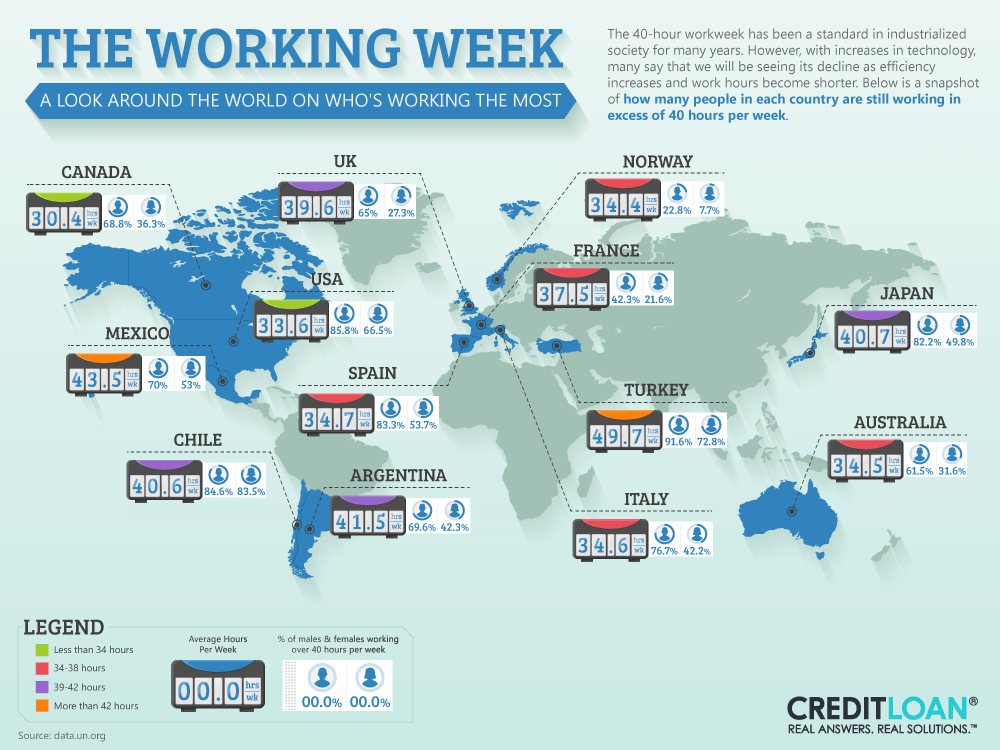The Ultimate Guide To Choosing The Appropriate Dumpster Dimension For Your Job
The Ultimate Guide To Choosing The Appropriate Dumpster Dimension For Your Job
Blog Article
Short Article Writer-Galloway Fisher
When embarking on a job that needs a dumpster, the dimension you select can greatly impact its effectiveness and cost-effectiveness. Think of having the ideal container that fits all your waste without being excessively large or as well small. All of it starts with understanding the nuances of your project and selecting a dumpster size that straightens with your specific demands. So, prior to you make a decision, take into consideration the variables at play to make sure a smooth waste monitoring procedure from start to finish.
Aspects to Consider
When picking the ideal dumpster dimension, there are numerous crucial aspects to think about.
First, think of the type of waste you'll be dealing with. Various products may call for varying amounts of area, so comprehending what you'll be putting in the dumpster is critical.
Next off, assess the quantity of waste you expect to produce. If you underestimate the quantity, you might need to make numerous journeys to throw away everything, which can be troublesome and expensive. On the other hand, renting out a dumpster that's too large can bring about unneeded costs.
In addition, take into consideration the space where the dumpster will be placed. Make certain there's enough area for the dumpster to be provided and picked up with no blockages.
Lastly, think about any type of weight constraints that might use. Going beyond the weight limitation can lead to added fees or perhaps the refusal of service.
Dumpster Size Options
For choosing the appropriate dumpster size, it's necessary to have a mutual understanding of the readily available alternatives. Dumpster sizes generally range from 10 to 40 cubic lawns, with variants in between.
A 10-yard dumpster is suitable for small tasks like a garage cleanout or a little improvement. If https://kevsbest.com/best-rubbish-removal-in-dallas/ -sized job such as a kitchen remodel or a cellar cleanout, a 20-yard dumpster may be the appropriate choice.
For larger tasks like a whole-house remodelling or commercial building, a 30 or 40-yard dumpster could be preferable to fit the volume of waste generated.
When picking a dumpster size, take into consideration the amount and type of particles you expect to throw away. It's far better to select a slightly larger size if you're uncertain to avoid overfilling. Remember, it's even more affordable to lease a dumpster that fits your needs as opposed to needing to buy an added one.
Matching Dimension to Task
Ideally matching the dumpster dimension to your task is essential for efficient waste monitoring. To identify the ideal dimension, take into consideration the extent and nature of your job.
For small house cleanouts or renovations, a 10-yard dumpster might be adequate. These are usually 12 feet long and can hold around 4 pickup tons of waste.
For larger projects like remodeling multiple spaces or removing a big estate, a 20-yard dumpster might be better. These are around 22 feet long and can hold around 8 pickup lots.
If you're tackling a major building project or industrial improvement, a 30-yard dumpster could be the best fit. These dumpsters have to do with 22 feet long and can accommodate about 12 pickup truck lots of particles.
Matching the dumpster dimension to your job ensures you have sufficient area for all waste products without paying too much for unused capability.
Verdict
In conclusion, choosing the best dumpster dimension for your task is vital for efficient garbage disposal. By considering elements like the kind and amount of waste, room schedule, weight restrictions, and budget plan restrictions, you can guarantee you have the proper dimension dumpster for your requirements. Ensure to match the dimension of the dumpster to the range and nature of your project to prevent overspending on unnecessary expenses.
